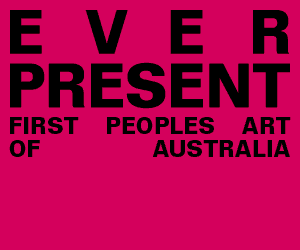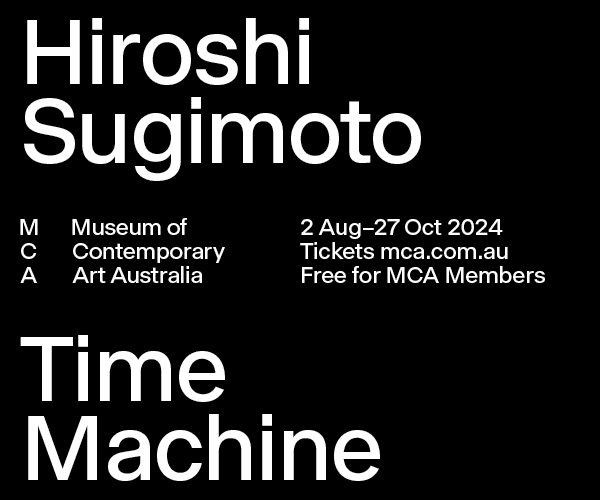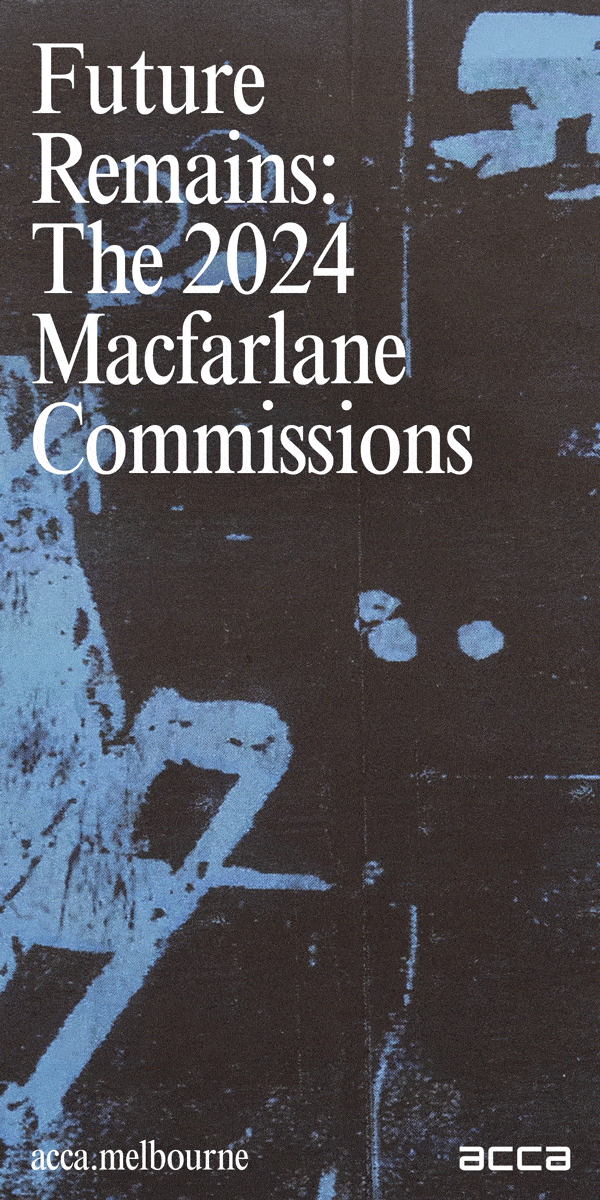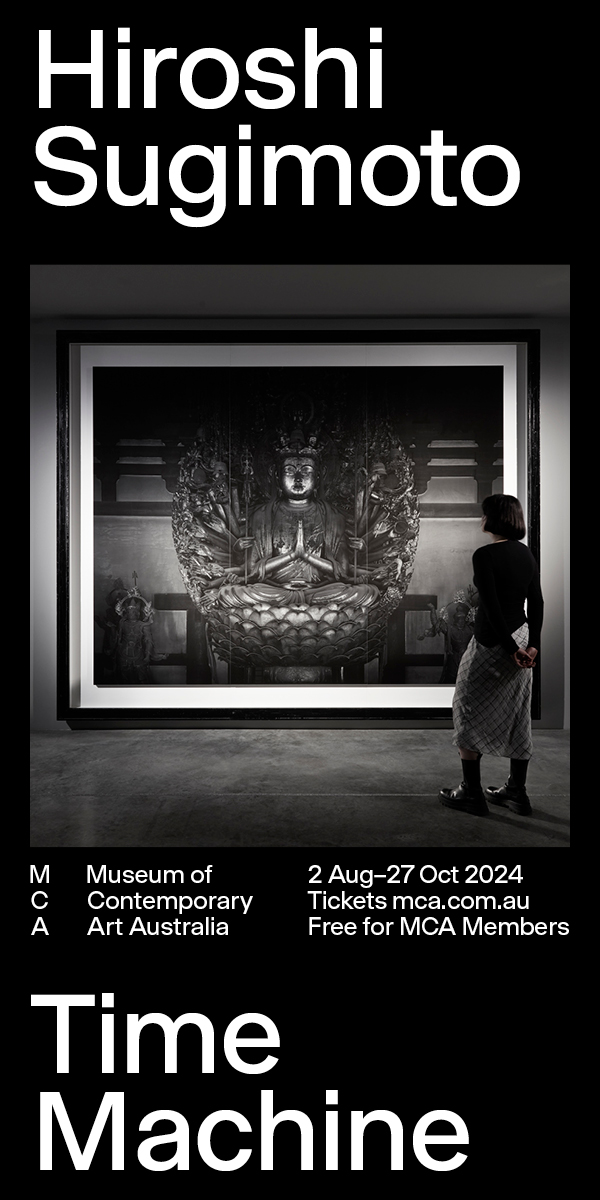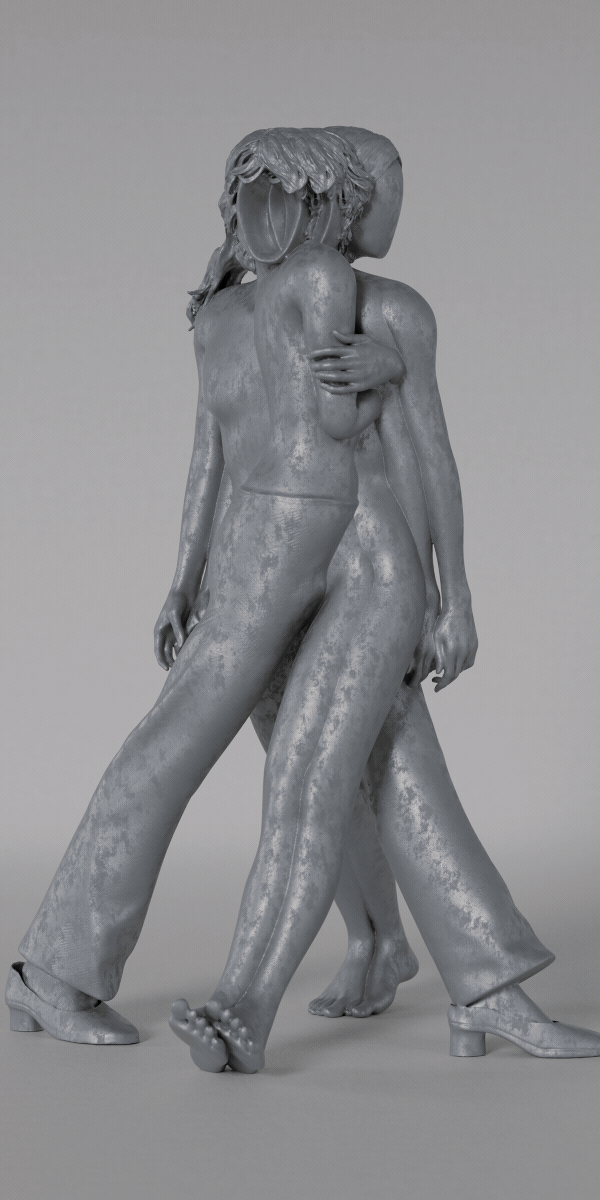Sana Shahmuradova Tanska
Sana Shahmuradova Tanska’s images tap into human deceit and despair. Most recently, her artwork has appeared in a pro-Ukraine music video by Pink Floyd, and her exhibition as part of the 24th Biennale of Sydney was well received. Kyiv-based, this largely self-taught artist’s latest works are a direct and moving response to the war against Ukraine, drawing from real-life experiences and dream interpretation.

Image credit: Sana Shahmuradova Tanska, Untitled, 2023, oil on canvas, 130 × 120 cm. Courtesy the artist and Gunia Nowik Gallery, Warsaw
Since its arrival in the early 20th century, Surrealism has proven to be nothing less than a schism in the artworld’s thinking. The subconscious made conscious; the intangible, tangible. A play of imagery, provocateur to the creative establishment, forever shifting how the visual spectre is represented for the public to experience. From Salvador Dalí’s Lobster Telephone (1936) to René Magritte’s The Empire at Night (1954), an urban nightscape juxtaposed with a bright cloudy sky, Surrealism turned convention on its head with improbable, absurdist scenarios, giving way to amusing flights of fancy and, on occasion, psychological turbulence. French artist André Breton founded the term in 1924, expressing it as “psychic automatism in its pure state, by which one proposes to express – verbally, by means of the written word, or in any other manner – the actual functioning of thought.”
Over the decades, the way this movement is expressed and conceptualised has become looser, less contrary, than some of its founders’ most iconic examples. Artists such as Sana Shahmuradova Tanska continue expanding the breadth of the surrealist canon in contemporary times.
Born in Odesa, Ukraine in 1996, Tanska has always displayed creative tendencies. She practiced ballet for 10 years, quitting at the age of 14, though she states that muscle memory helps her during the painting process. The earliest influences on her art appreciation were the churches she attended as a child, their iconology, Byzantine imagery and frescoes. One of her first art teachers introduced her to numerous ancient and universal images of animals and people, provoking... Subscribe to read all articles in full





